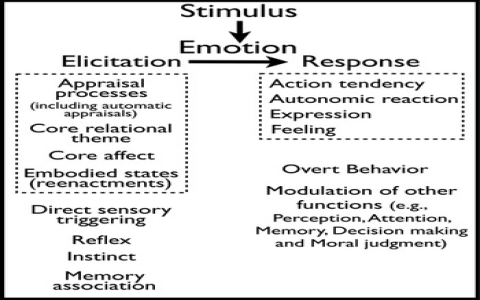Hey everyone, it’s your boy back again with another tech dive. Today, I’m gonna spill the beans on something called the “Lawrence Paul Harmon Model.” Now, I gotta admit, when I first heard about this, I was like, “Huh? What’s that?” But trust me, it’s pretty cool once you get into it. So, let me break it down for you, just like I learned it myself.

First off, I bumped into this whole thing while I was knee-deep in some project. I was trying to figure out how to make things run smoother, you know? Like, how do you take a messy process and turn it into something slick and efficient? That’s when I stumbled upon this Lawrence Paul Harmon Model thingy. Some folks online were raving about it in a forum about making businesses better, and I thought, “Why not give it a shot?”
So, I started digging around. Found out this model is all about getting your business processes in order. It’s like a roadmap to help you see where you’re at and where you need to go. I grabbed a few books by this Paul Harmon guy – seemed like he was the expert. “Business Process Change” was one of them. Man, those books were dense, but they had some good nuggets of wisdom.
Here’s what I did: I took one of our processes that was a total headache. It was clunky, slow, and everyone hated it. Using the Harmon model, I mapped out every single step. Yeah, it was a pain, but it showed me just how messed up things were. There were so many unnecessary steps and bottlenecks!
- First, I listed out every single action in the process.
- Then, I looked at who was doing what and when.
- I even made a little diagram – nothing fancy, just boxes and arrows to show the flow.
Once I had the whole thing laid out, I started looking for ways to make it better. The Harmon model has this neat way of classifying processes. It helps you figure out if you should just tweak things or totally nuke them and start over. For my messy process, I realized I needed a major overhaul.
Making Changes
This is where things got real. I started chopping out steps that didn’t add value. Combined some others. And even introduced some new tech to automate some of the boring stuff. It was like surgery, but for a business process. It wasn’t easy, and I definitely made some mistakes along the way. But I kept at it, testing and tweaking until things started to look up.
After a lot of trial and error, we finally had a revamped process. And guess what? It actually worked! It was faster, smoother, and people weren’t pulling their hair out every time they had to deal with it. I was pretty stoked, not gonna lie. It felt good to take something broken and make it better.

So, that’s my story about the Lawrence Paul Harmon Model. It’s not magic, but it’s a solid way to tackle those messy processes that make everyone’s life harder. If you’re dealing with that kind of stuff, I definitely recommend checking it out. It might just save you a few headaches – and maybe even your job! Peace out, folks!










